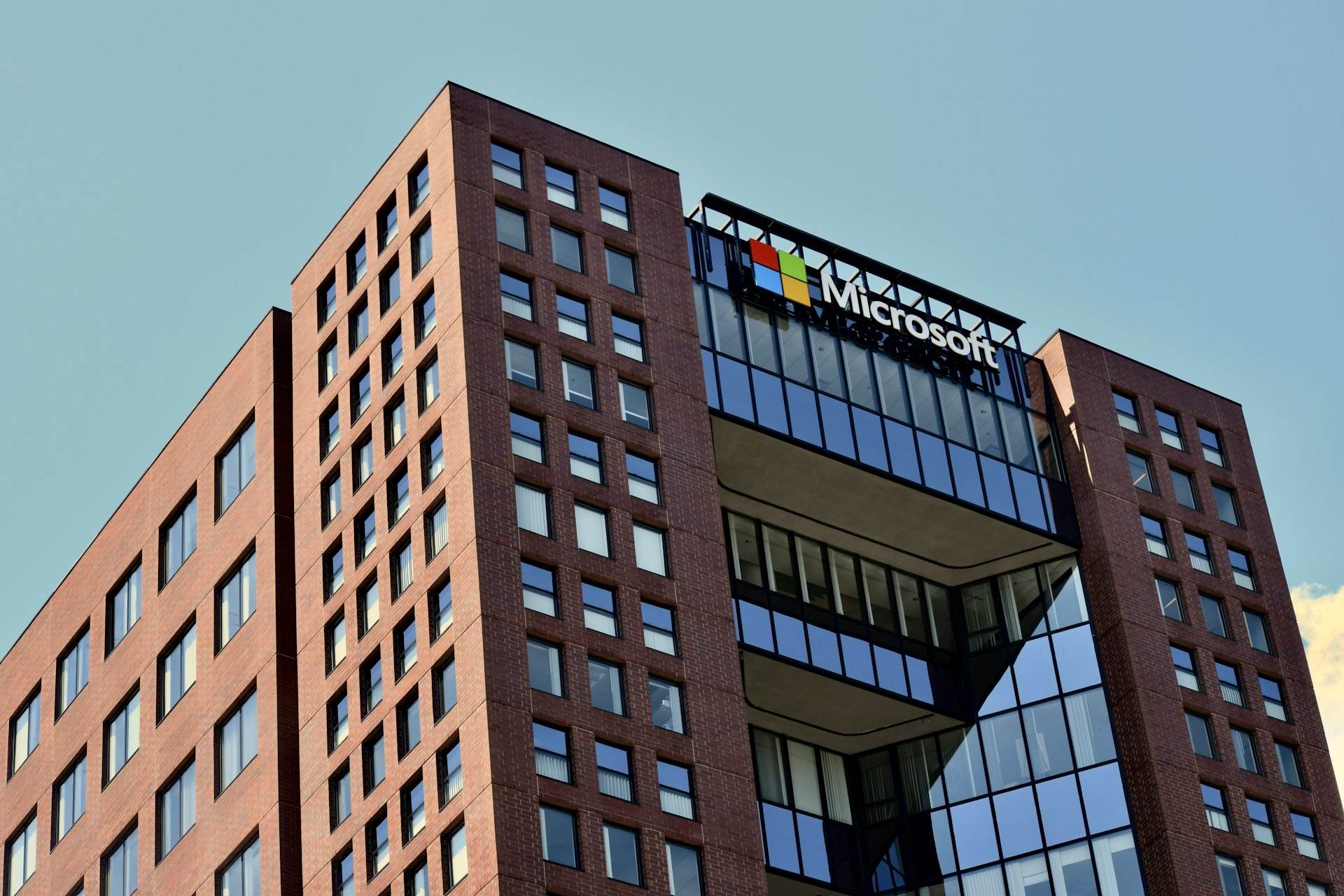Microsoft’s latest security alert has sent shockwaves across enterprise IT departments, as a critical vulnerability in SharePoint Server software exposes thousands of businesses and government bodies to active cyberattacks. The company confirmed that a zero-day exploit is currently being weaponised in the wild, with attackers able to impersonate legitimate users and infiltrate sensitive document systems undetected. This breach underscores an uncomfortable truth: on-premises infrastructure, despite the cloud transition, remains a high-value target in today’s cyber landscape.
The attack vector, linked to flaws revealed at a recent Pwn2Own competition, affects SharePoint Server 2019, Subscription Edition, and soon 2016. Though Microsoft has already issued patches for the newer systems, the urgency lies not just in patching, but in ensuring comprehensive remediation. Unpatched or previously compromised servers may remain vulnerable, even post-update, leaving a backdoor open to further exploitation. What elevates the risk is the spoofing technique used, allowing attackers to assume user identities across linked platforms like Teams, Outlook and OneDrive, potentially turning internal workflows into vectors of intrusion.
Microsoft’s guidance is unambiguous: organisations must install July’s security updates immediately, enable defensive layers like AMSI and Defender for Endpoint, rotate machine keys, and, where necessary, disconnect unpatched servers from the internet. The company is coordinating with US federal cybersecurity agencies to trace and neutralise the active threat, but response speed remains in the hands of administrators.
For CIOs and security leaders, this incident is a sobering reminder of the vulnerabilities tied to legacy systems. As businesses juggle hybrid IT models, the assumption that cloud migration alone confers resilience is increasingly outdated. Proactive patch management, early threat detection and layered defences are non-negotiable components of digital infrastructure.
This breach is not merely another cybersecurity event; it’s a signal. The sophistication of the exploit, and the scale of exposure, highlight the growing weaponisation of collaborative platforms. As threat actors continue to evolve, tech leaders must shift from reactive fixes to anticipatory safeguards. Microsoft’s alert may have arrived just in time – but whether organisations act with equal speed may define the true cost of this breach.


